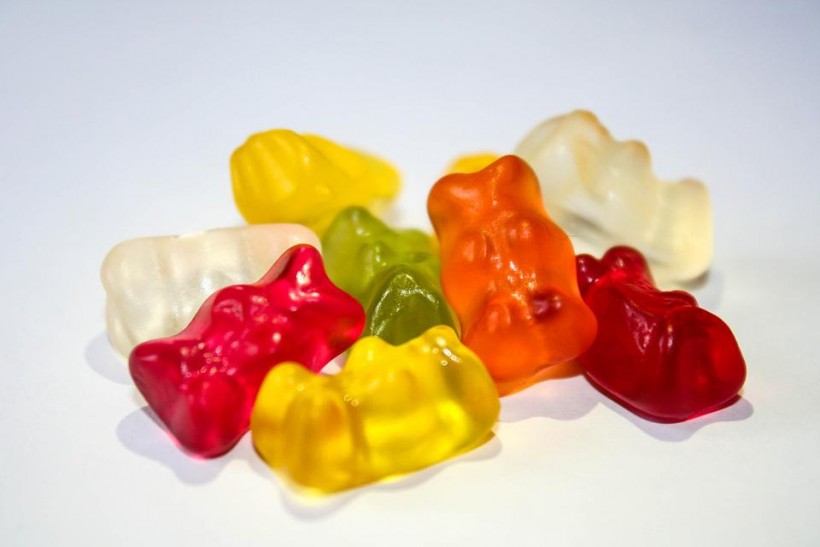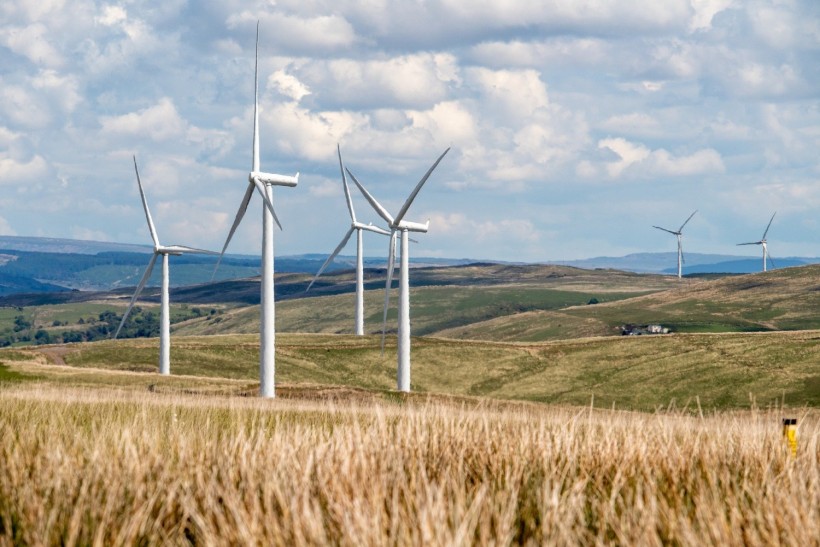Do you fancy some gummy bears recycled from wind turbine blades? Is this even possible?
Well, renewable energy has become edible thanks to new and unique materials!
This material was developed by researchers at Michigan State University. It can be resurrected and recycled to make new turbine blades or a range of other items, such as countertops, automobile taillights, diapers, and of course, gummy bears.


The Problem With Massive Wind Turbine Blades
As reported by Interesting Engineering, This new invention may have far-reaching effects since renewable energy has become more popular than ever.
Disposing of wind turbine blades is a significant problem because of how massive they are and oftentimes, they end up in landfills.
According to a 2020 Bloomberg report, the United States will remove around 8,000 wind turbines over the following four years. Meanwhile, BloombergNEF said that Europe will be losing roughly 3,800 turbines annually until at least 2022.
The majority of these were constructed more than ten years ago, when installations were only a fraction of what they are today, and this problem will likely persist, according to Interesting Engineering.
At the American Chemical Society's (ACS) fall meeting, the researchers revealed the new composite material that can be used to create these enormous machines.
According to John Dorgan, Ph.D., who presented the study at the meeting, "the beauty of our resin system is that at the end of its use cycle, we can dissolve it, and that releases it from whatever matrix it's in so that it can be used over and over again in an infinite loop."
Read also: 'Wave Energy:' This Floating Spine-Like Device Generates Sea Waves Into Electricity!
Creating The New Turbine Material
According to Dorgan, wind farms frequently change the turbine blades before they reach the end of their useful lives because larger blades allow the farms to produce more electricity.
Glass fibers, a polymer generated from plants, and a synthetic polymer were combined to create the new turbine material developed by Dorgan and his team. The substance was robust and long-lasting enough to be employed in vehicles or wind turbines.
The glass fibers were physically removed by the researchers after the panels were dissolved in a new monomer.
This allowed them to recast the material and create new items of the same kind. The most crucial aspect was that the recast panels shared the same physical characteristics as their original versions.
Various alternative applications for the new resin are also possible. The group created cultured stone, which could be used to make domestic items like worktops and sinks, by combining the resin with various minerals.
"The current limitation is that there's not enough of the bioplastic that we're using to satisfy this market, so there needs to be considerable production volume brought online if we're going to actually start making wind turbines out of these materials," Dorgan said in a statement.
Hence, the researchers' next target is to create blades of medium size for field testing.
He also noted that eating gummy bears from old wind turbines is completely safe since it was derived from a carbon atom, which is also found in several plants.
Related Article: 'Solar Facade': These Embedded Solar Panels Produce 50 Times More Power Than Standard Panels!
This article is owned by Tech Times
Written by Joaquin Victor Tacla









